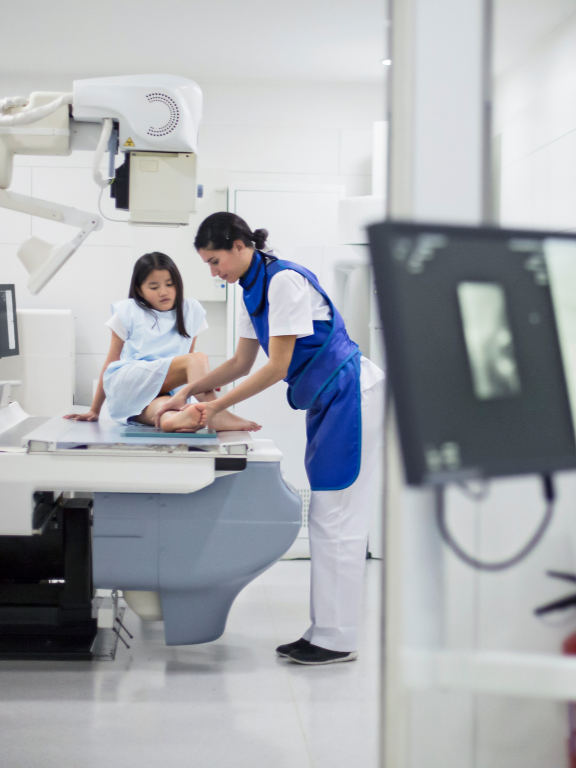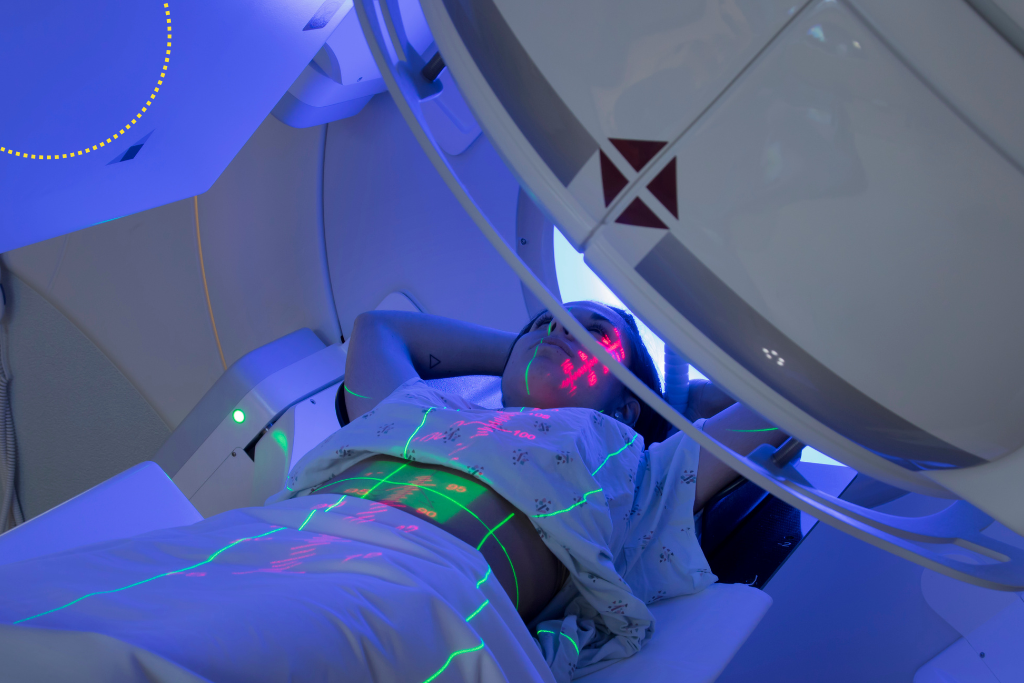If you have ever had an X-Ray, scan, MRI, mammogram, nuclear medicine test or radiation therapy, you have been in the care of a Medical Radiation Technologist (MRT). MRTs are highly-educated professionals who operate CT and PET scanners, MRIs, X-rays, and other diagnostic imaging technologies, and who also provide lifesaving radiation therapy to patients with cancer.
Whether they’re working in emergency departments, operating rooms, cancer centres, mobile breast screening vans, or diagnostic imaging departments and clinics, MRTs play a critical role in the health-care system. MAHCP is proud to represent more than 700 MRTs focused on helping Manitobans every day, and we are grateful for their specialized work. This week, we wish them all a happy #MRTWeek!
The MRT profession includes a variety of health-care technology-related disciplines, each using different technologies and performing slightly different functions. Read below for an overview of the different MRT specializations, as well as what to expect when a physician refers you for a vital diagnostic test performed by a MRT.
Meet our MRT members:
Radiologic Technology
Radiologic Technology uses X-rays in different forms to produce images of the human body, and includes the following exams:
- X-ray: digital images of the lung, bones, joints, abdomen and spine to detect fractures or disease
- Mammogram: digital images of breast tissue to detect breast cancer in its earliest stages
- CT scan (Computed Tomography): cross-sectional x-ray images of the body’s organs, bones and tissues
- Fluoroscopy: A real-time x-ray video showing how the systems, like your stomach and bowel, function in the body. This is also used in operating rooms during surgeries.
- Interventional Radiology: uses fluoroscopy for procedures like biopsies, or for treating conditions of the blood vessels throughout the heart, brain and body.
MRTs who practice Radiology Technology have a specialized understanding of the body’s structures and know how to correctly position patients to get the best images for a diagnosis. Their expertise in the use of X-ray imaging technologies is vital for providing diagnostic information to inform patient care.
Magnetic Resonance Imaging (MRI)
MRI uses a strong magnetic field and radio waves to take detailed images of the body. MRI technologists look at the soft tissues of the body — the brain, joints, muscles, tendons, and the vessels of the heart. Using their extensive education in physics, anatomy, pathology, and safety, they use MRI technology to get the best possible images to support a diagnosis and treatment plan. These images provide vital information to physicians and care providers, helping them understand what is happening internally and make decisions for patient care.
Radiation Therapy
Radiation therapy uses high-energy radiation to kill cancer cells and shrink benign tumors or growths. It works by applying a high-energy radiation beam to the cancer cells over time. The radiation damages the DNA of the cancer cells and causes them to die.
MRTs working in radiation therapy, or radiation therapists, work with advanced machines and computer software to design and deliver radiation treatment plans. Radiation therapists have to be extremely precise, carefully determining the correct dose and target of radiation, to maximize its effect on cancer cells while minimizing harm to healthy tissue.
Nuclear Medicine
Nuclear Medicine uses small amounts of radioactive materials, or radiopharmaceuticals, to look at how organs and cells function within the body. Diagnostic images using Nuclear Medicine help pinpoint the nature of a disease and how it’s affecting the body, providing vital information to care providers when determining care and treatment plans.
MRTs specialized in Nuclear Medicine give patients radiopharmaceuticals through injection, swallowing or inhalation. These materials travel through the body, targeting a specific area of the body to indicate areas of concern on a cellular level. MRTs use specialized cameras (gamma camera or PET scanner) to detect the radiation and transform the measurements into images.




